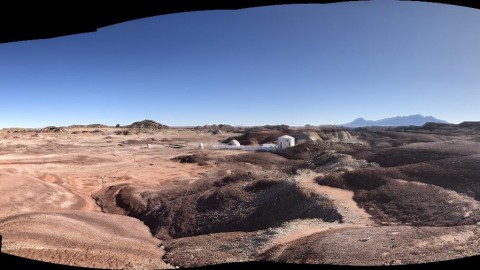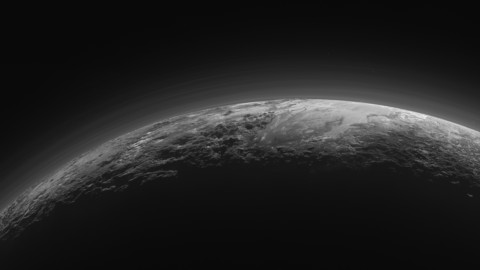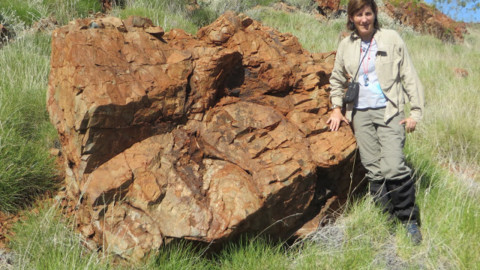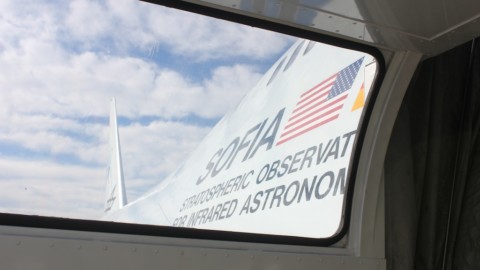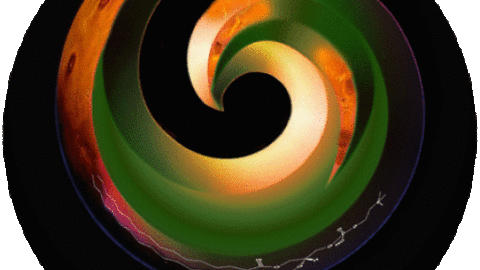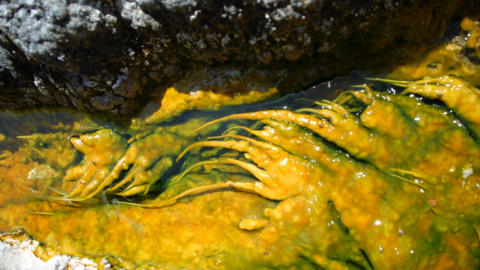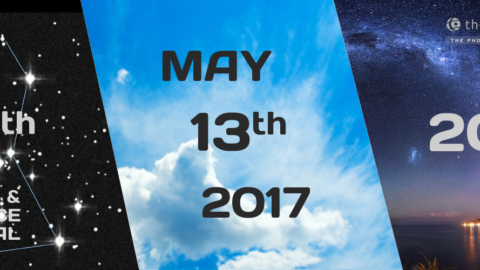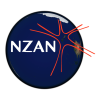Extreme Environments – Hydrothermal settings for early life on Earth (and Mars?)
Kathleen Campbell’s 2015 talk at the SETI institute, US
Kathleen A. Campbell, School of Environment, The University of Auckland
It is well known that New Zealand hosts spectacular hot-springs associated with a live super-volcano. Less well known is that these geothermal systems are rapidly mineralizing, entombing within silica a biota adapted to high temperatures, and thus serving as an extreme environment analog in the continuing search for the earliest signs of life on Earth and potentially other planets, such as Mars. This hypothesis stems from the following observations – the deepest roots of today’s “Tree of Life” constitute heat-loving microbes in hot springs; some Precambrian settings for early life were silica-rich and hydrothermally influenced; and siliceous deposits recently found by Martian rover Spirit are interpreted as hot-spring related.
The problem in trying to peer back into “deep time” on Earth is that the very old rocks which may contain the earliest traces of life also tend to be very “beaten up” by later geological events. It can be difficult to prove both biogenicity and original environmental setting in altered rocks billions of years old. Hence, Kathleen Campbell’s research examines siliceous hot-spring deposits to track the integrity of their fossil preservation through time. This method allows us to follow microbes as they “turn to stone” and to examine their history far back into the geological record, thereby fine-tuning studies on the recognition of early terrestrial life.
The research has led to discovery of giant, Yellowstone-style, paleo-geothermal systems in the Late Jurassic (150-million-year-old) of Patagonia, Argentina. It also has confirmed hydrothermal signatures in fossil microbe-rich, 3.33 billion-year-old shallow marine rocks of South Africa.
Biographical notes for Kathleen Campbell
The interaction of ancient organisms with their surrounding environments is the broad theme of Kathleen’s research interests as a geologist and astrobiologist. She is particularly intrigued by crustal fluid-sediment-organism interactions leaving behind signatures of “extreme environments” in the geologic record. They are used by scientists as analogs in the search for past life on early Earth and perhaps other planets.
Kathleen was educated along the geologically active margin of the western U.S. – from the University of California (Santa Cruz, B.S.), to the University of Washington (M.S.), to USC (Ph.D.). She subsequently undertook post-doctoral research study (1995-97) at NASA Ames Research Center, Exobiology Branch. She then landed a research and teaching position at the University of Auckland, where she has co-supervised 60 graduate students and collaborates with scientists in the U.S., Argentina, France, Germany, Japan and China. Her awards include Hochstetter Lecturer (Geoscience Society of New Zealand, 2009), Burbidge Lecturer (Auckland Astronomical Society, 2011), and Senior Research Fellow (LE STUDIUM® – Institute for Advanced Studies, Orléans, France, 2014). Kathleen is a member of the GSNZ, GSA, SEPM and the Paleontological Society, is an associate editor or editorial board member on 5 scientific journals, and serves as Head of Discipline (Earth Sciences) in the School of Environment in Auckland.

